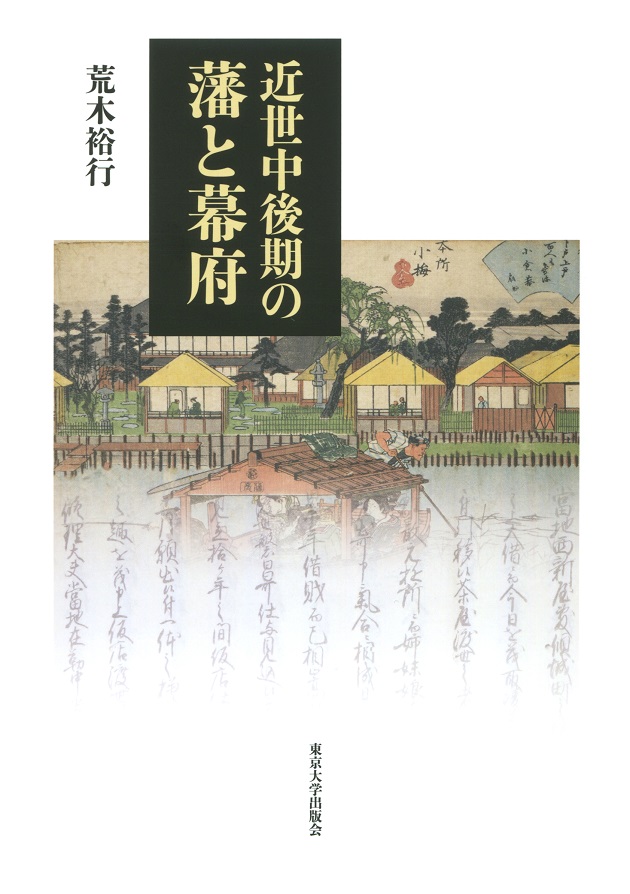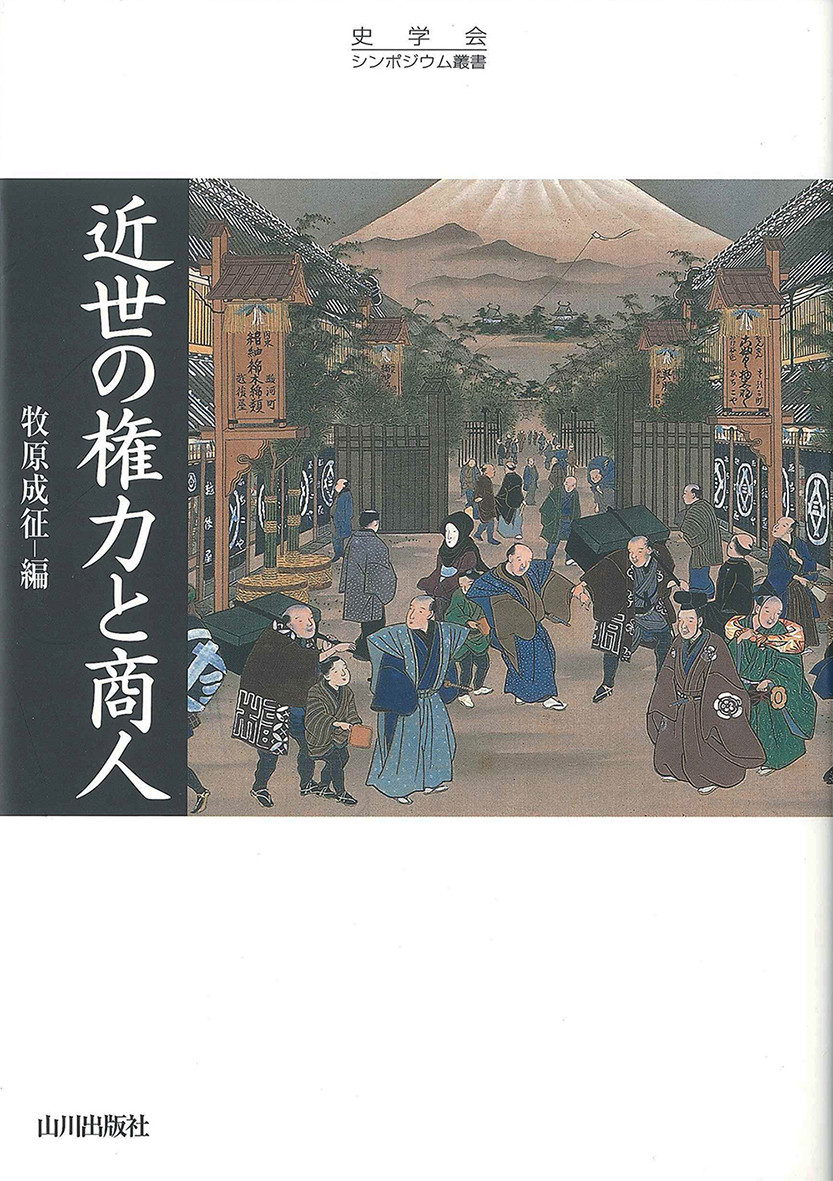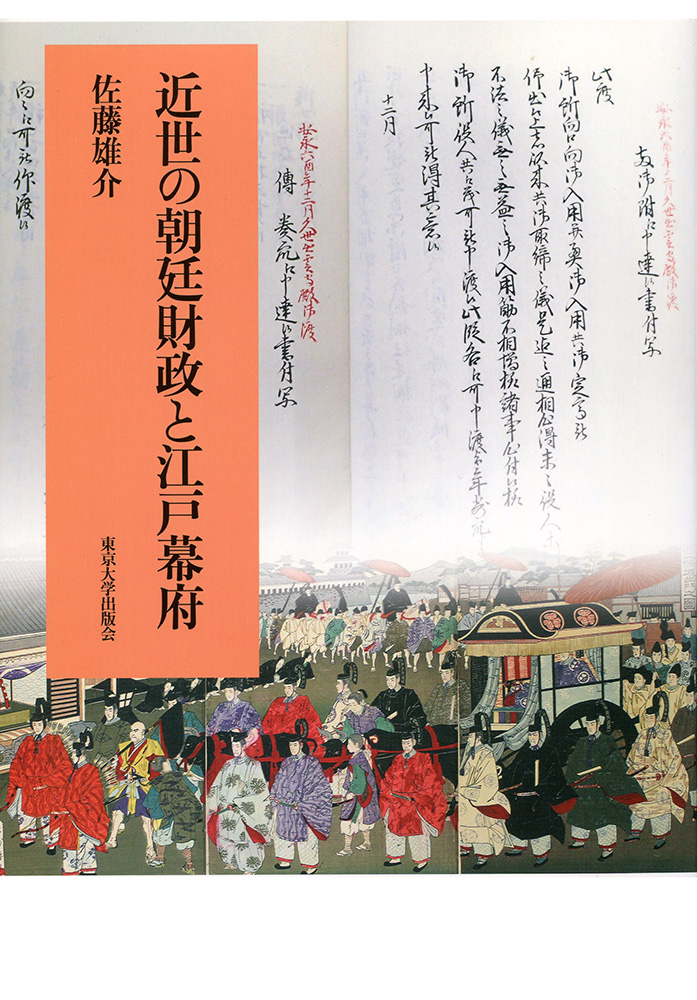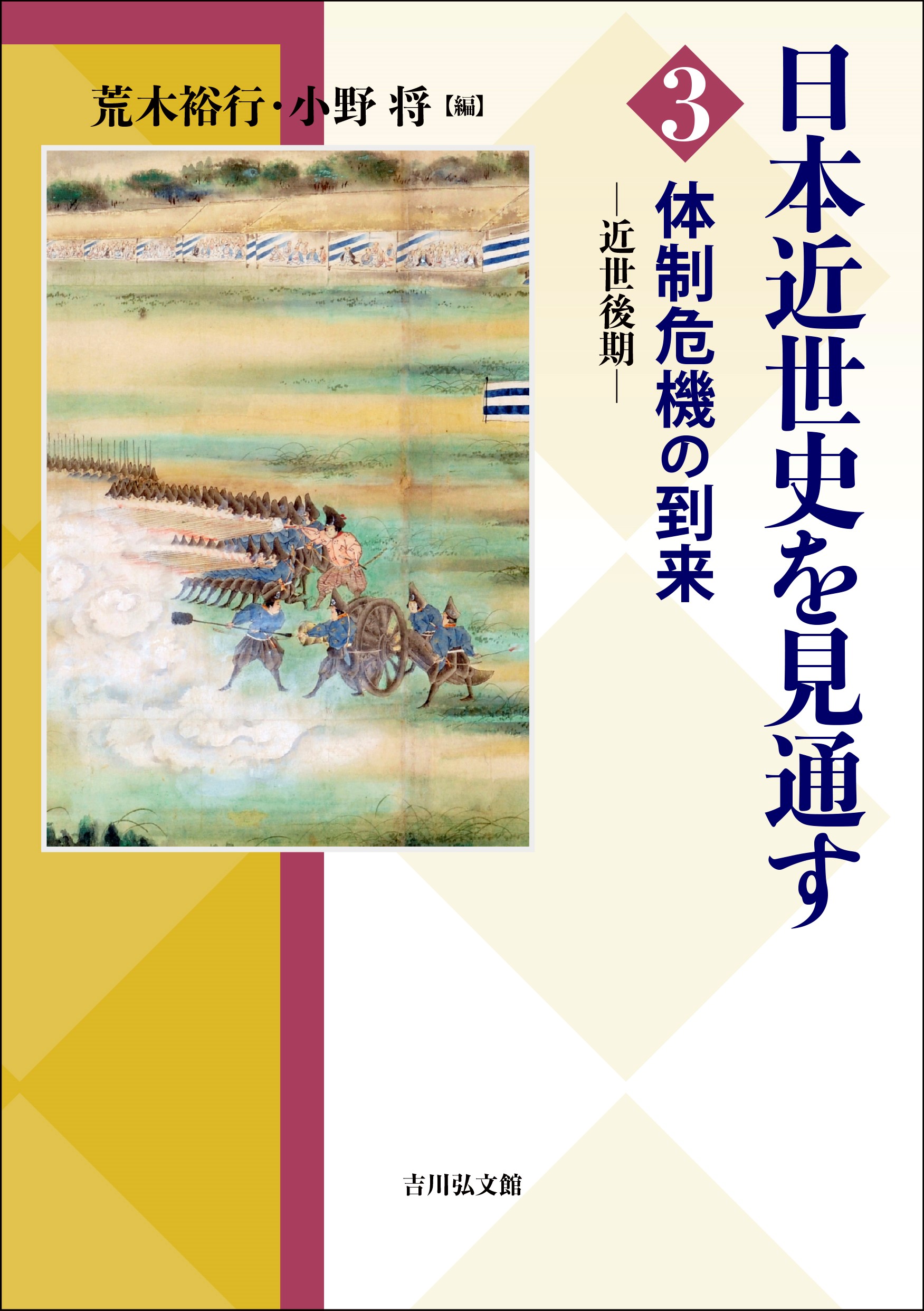
Title
Kinsei-Chukoki no Han to Bakufu (Domains and the Shogunate in the Middle and Late Early Modern Period)
Size
260 pages, A5 format
Language
Japanese
Released
November 15, 2017
ISBN
978-4-13-026246-0
Published by
University of Tokyo Press
Book Info
See Book Availability at Library
Japanese Page
The Edo shogunate was a government that existed for more than 260 years from 1603 to 1867, and apart from a short period in its final years its system of rule underwent few changes and was extremely stable. A prime aim of this book is to clarify in concrete terms the reasons that such an administration was possible.
In part I, “The Political Networks of Domains and Daimyō,” I analyze the relationships that domains (han) and individual daimyō formed with officials of the Edo shogunate and other daimyō. Among the relationships into which domains entered, I pay particular attention to their relations with officials known as goyōdanomi. In simple terms, these were shogunate officials with whom domains formed informal or unofficial relationships. They occupied an extremely broad range of posts, from senior councillors and other leading figures in the shogunate to petty officials. They were sent money and other gifts by domains, and in return they acted for the benefit of the domains.
During the 1820s, the Koga domain entered into relationships with shogunate officials and so on that involved bribery, that is, relationships that were even more informal than those with goyōdanomi. Bribes were given to leaders of the shogunate and also to the shogun Tokugawa Ienari himself, and in return Koga domain’s assessed tax base (kokudaka) was increased and its lord was appointed a shogunate official. Through an analysis of acts of bribery it becomes possible to clarify who actually wielded power within the shogunate, and it is also shown that relations between the shogunate and domains were in fact premised on the existence of bribery.
In addition, I also use the autograph diary of Matsudaira Katataka, lord of Aizu domain, to examine the people with whom he associated. As a result, it becomes clear that, because of increasing external threats due to the advances of European and American powers into East Asia in the second half of the early modern period, the daimyō themselves became increasingly willing to involve themselves in shogunate politics.
In part II, “The Shogunate’s Ruling Structure,” I analyze the shogunate’s system of rule. Specifically, I take up (1) visits to Kyoto by senior councillors when shogunate officials stationed in Kyoto were replaced; (2) internal strife that broke out in Minakuchi domain in Ōmi province in the first half of the nineteenth century; and (3) inspectors or censors (metsuke) and other administrative officials of the shogunate.
With regard to (1), I point out that senior councillors used the opportunity to visit Kyoto to negotiate with the imperial court and gather political and economic information about the Kyoto-Osaka region, which they then utilized when making political decisions. As for (2), it had previously been thought that from the eighteenth century onwards the shogunate almost never intervened in the family squabbles of individual domains, but I show that such intervention was in fact wide-spread and that by this means the shogunate prevented such strife from escalating and confusion from arising in shogunate-domain relations. In connection with (3), I confirm that metsuke, who were charged with managing the shogun’s direct vassals, were also closely involved in the shogunate’s foreign policy.
As a result of the above analyses, it has become clear that various relationships, both official and unofficial, were formed between the Edo shogunate and domains, and that stable relations were maintained between them because these various relationships functioned in a flexible manner.
(Written by Hiroyuki Araki, Assistant Professor, Historiographical Institute / 2018)



 Find a book
Find a book


 eBook
eBook

